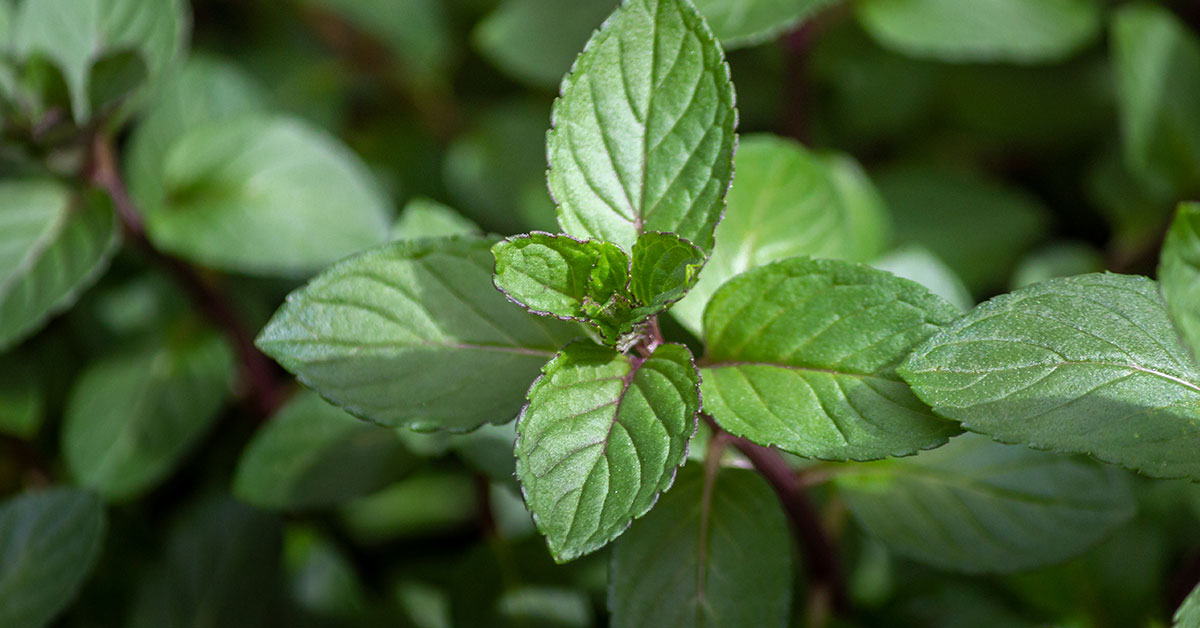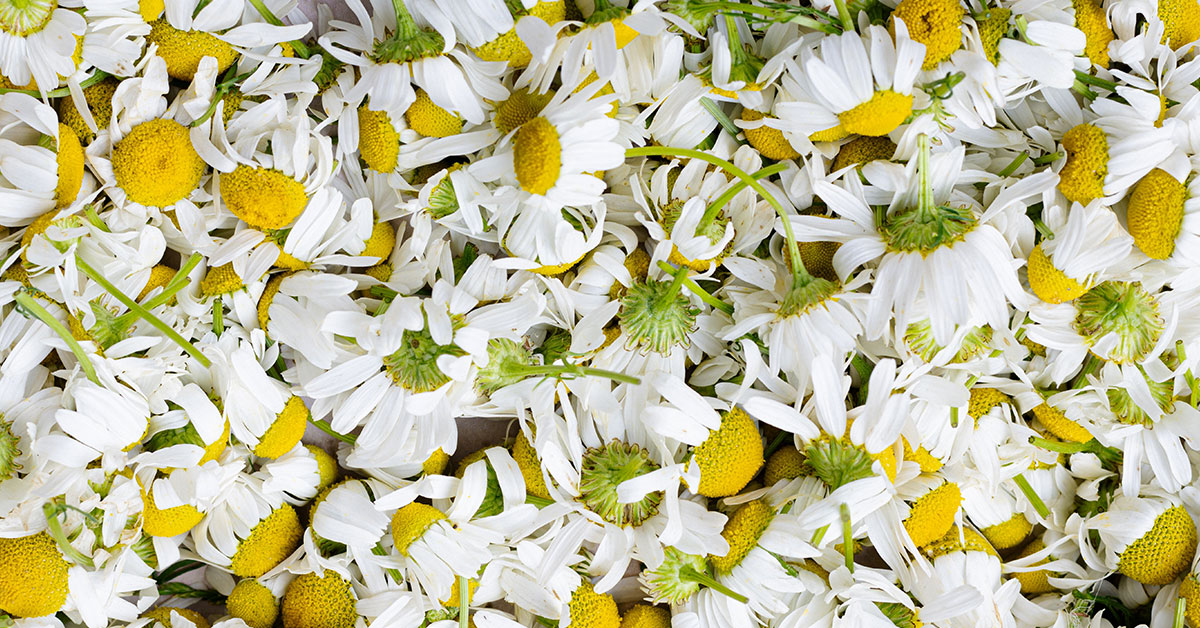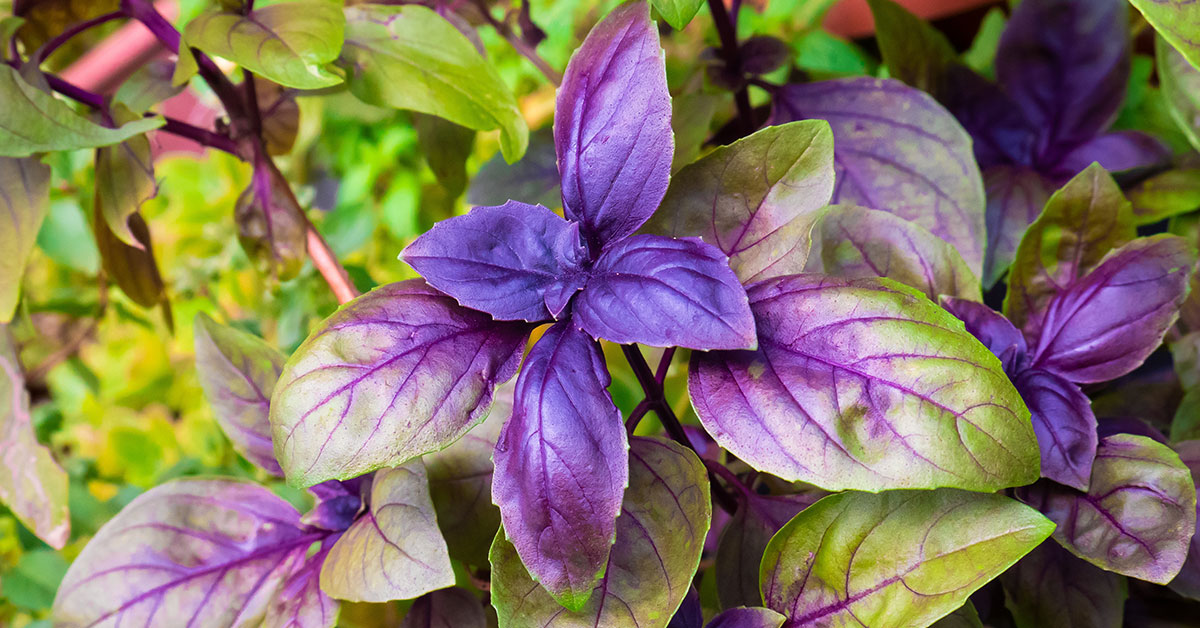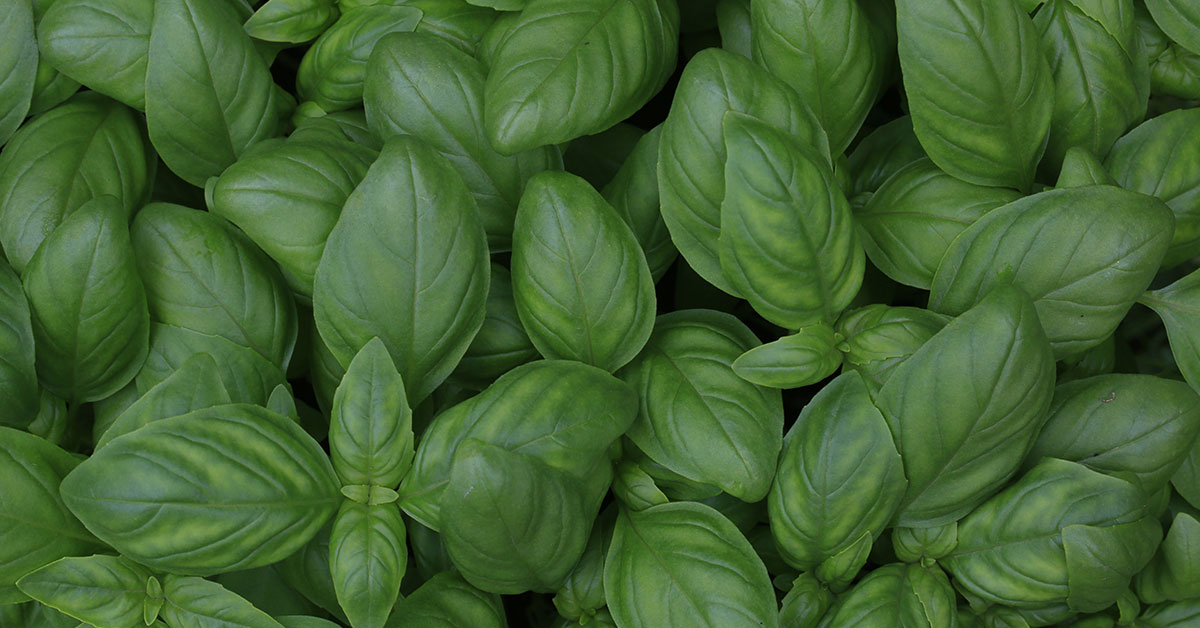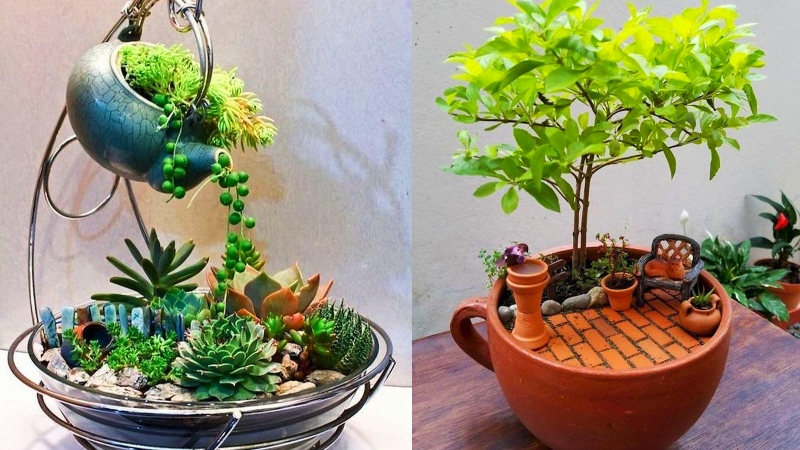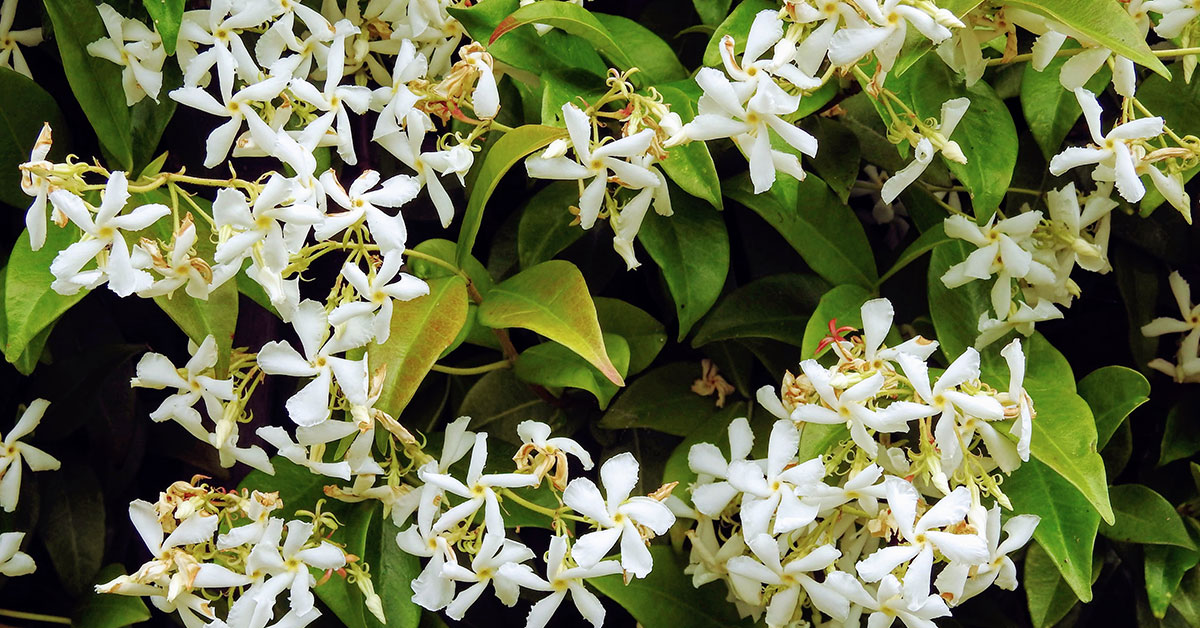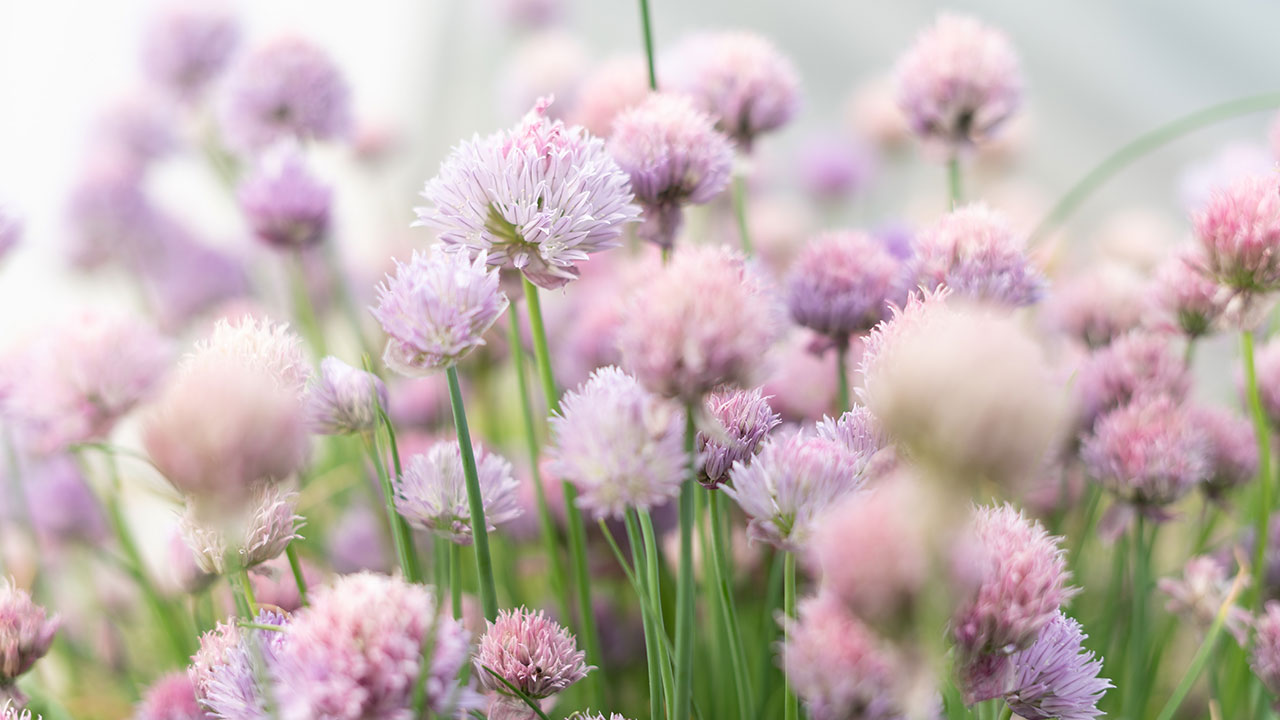Chocolate mint, also known as Mentha × piperita ‘Chocolate’, is a delightful and aromatic herb that has become increasingly popular among gardeners and culinary enthusiasts. This unique herb is a hybrid between peppermint and spearmint and is prized for its refreshing, chocolatey flavor and fragrance.
Chocolate mint is easy to grow, making it a great choice for both novice and experienced gardeners alike. In this blog post, we’ll explore the origins and uses of this delightful herb and provide some tips on how to grow and care for it.
What is a Chocolate Mint?
Chocolate Mint, scientifically known as Mentha × piperita ‘Chocolate’, is a unique variety of peppermint that has a distinct and delightful chocolate flavor and aroma. This variety is a hybrid of Watermint and Spearmint, and it is a popular herb among gardeners and culinary enthusiasts alike.
The plant grows up to 2 feet tall, with dark green leaves that have a slight purple tint. The leaves are oval-shaped, and they have a slightly fuzzy texture. The plant produces small, purple flowers that bloom in the summer months. The leaves of the Chocolate Mint plant can be harvested and used in various culinary dishes, including teas, desserts, and cocktails.
One of the most distinctive features of Chocolate Mint is its delicious and unique flavor. The leaves of this plant have a strong, minty flavor with a rich chocolate undertone. When brewed into a tea, the Chocolate Mint leaves produce a warm, soothing aroma that is both refreshing and calming.
Chocolate Mint is easy to grow and can thrive in a variety of growing conditions, making it an excellent addition to any herb garden. It is a hardy plant that can grow in full sun or partial shade, and it prefers moist, well-drained soil. It is also a fast-growing plant, which means that it can quickly fill in empty spaces in a garden bed.
Overall, Chocolate Mint is a delightful and versatile herb that is perfect for adding a unique and delicious flavor to any dish.
How to grow Chocolate Mint
If you’re interested in growing mint in your garden or in containers, here’s a brief guide to help you get started:
- Choosing a Location: Select a location that receives partial to full sun. Mint can tolerate some shade but prefers sunlight for optimal growth. Ensure the area has well-drained soil.
- Obtaining Mint Plants: Purchase mint plants from a nursery or garden center, or propagate them from cuttings. Mint can also be grown from seeds, but it’s generally easier and faster to start with established plants.
- Planting Mint: Dig a hole slightly larger than the root ball of your mint plant. Place the plant in the hole, ensuring it is at the same depth as it was in the container. Fill the hole with soil and gently firm it around the plant. Space multiple plants about 12 to 18 inches apart to allow for their spreading habit.
- Watering and Soil: Mint prefers consistently moist soil. Water the plants regularly, keeping the soil evenly moist but not waterlogged. Avoid letting the soil dry out completely between waterings. Use mulch around the base of the plants to help retain moisture and suppress weed growth.
- Maintenance: Regularly check for pests and diseases. Monitor the plants for any signs of infestation or damage, such as aphids or leaf discoloration, and take appropriate action if needed. Prune back any leggy or overgrown stems to encourage bushier growth.
- Harvesting Mint: You can start harvesting mint leaves once the plants have become established. Harvest by snipping off individual leaves or cutting stems just above a set of leaves. Regular harvesting will encourage new growth and keep the plant bushy and healthy. Enjoy fresh mint leaves in beverages, salads, desserts, or use them for culinary purposes.
- Containing Mint: To control the spreading nature of mint, consider planting it in containers or using barriers like buried pots or root guards in the ground. This will help prevent it from taking over your garden.
By following these simple steps, you can successfully grow your own mint, providing a fresh supply of aromatic leaves for culinary delights and adding a delightful fragrance to your garden.
Common problems
Mint is a versatile and aromatic herb that can be a wonderful addition to any garden or herb collection. However, like any plant, mint can encounter certain issues that may affect its growth and vitality. Here is a brief guide to common problems you may encounter when growing mint, along with some tips on how to address them:
- Overwatering: Mint prefers moist but well-draining soil. Overwatering can lead to root rot and other fungal diseases. Ensure the soil has adequate drainage and water only when the top inch of soil feels dry.
- Poor Drainage: Mint requires good drainage to prevent waterlogged roots. If your soil retains excess moisture, consider adding organic matter or planting mint in containers with drainage holes.
- Lack of Sunlight: Mint thrives in full sun to partial shade, typically requiring at least 4-6 hours of sunlight per day. If your mint is not receiving enough sunlight, consider relocating it to a sunnier spot.
- Insufficient Air Circulation: Mint can be susceptible to fungal diseases if it lacks proper air circulation. Plant mint with sufficient spacing between plants to allow air to flow freely and reduce humidity around the leaves.
- Invasive Growth: Mint has a reputation for spreading vigorously and can become invasive if not properly contained. To prevent its aggressive growth, consider planting mint in containers or using root barriers in the ground.
- Pests: Mint can attract pests such as aphids, spider mites, and mint flea beetles. Monitor your plants regularly and take appropriate action at the first sign of infestation. Use organic insecticidal soaps or sprays, or try attracting beneficial insects that feed on these pests.
- Disease: Mint can be susceptible to fungal diseases like powdery mildew and rust. To prevent these diseases, avoid overhead watering, provide adequate spacing for air circulation, and promptly remove any infected leaves.
By being aware of these common problems and taking preventive measures, you can ensure healthy and thriving mint plants in your garden. Regular monitoring, proper care, and timely intervention will help you enjoy the fresh, aromatic leaves of your mint plant throughout the growing season.
Uses
Chocolate Mint (Mentha × piperita ‘Chocolate’) is a unique variety of mint that has a distinct chocolate aroma and flavor. This plant is a hybrid of watermint and spearmint and is commonly used in the culinary world for its sweet and refreshing taste. Here are some of the uses of Chocolate Mint:
- Culinary Uses: Chocolate Mint is a popular herb in the culinary world and is used in a variety of dishes. It can be used to flavor desserts, hot chocolate, and tea. It is also used to add a unique twist to sauces, marinades, and dressings.
- Medicinal Uses: Chocolate Mint has been used for medicinal purposes for centuries. It is known to have antiseptic and anti-inflammatory properties and is often used to soothe upset stomachs, relieve headaches, and reduce stress.
- Aromatherapy: Chocolate Mint’s sweet and refreshing aroma makes it a popular choice for aromatherapy. Its scent is believed to help alleviate stress and anxiety and promote relaxation.
- Decorative Uses: Chocolate Mint is a beautiful plant that can be grown indoors or outdoors. It is often used as a decorative plant in gardens, patios, and balconies.
- Insect Repellent: Chocolate Mint is a natural insect repellent and can be used to keep mosquitoes, flies, and other insects away from your home and garden.
In conclusion, Chocolate Mint has a wide range of uses, from culinary and medicinal to decorative and insect repellent. Its unique chocolate aroma and flavor make it an excellent addition to any dish or garden.
